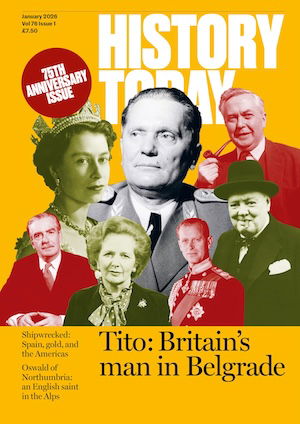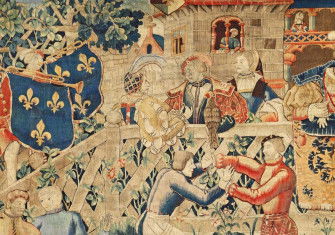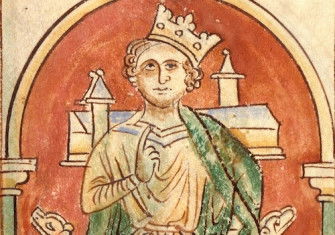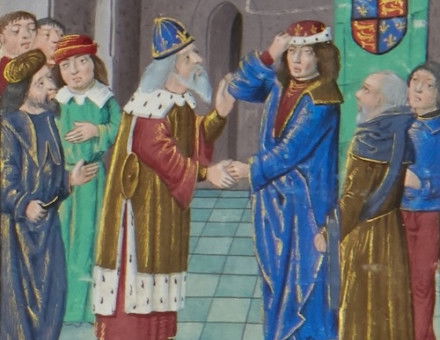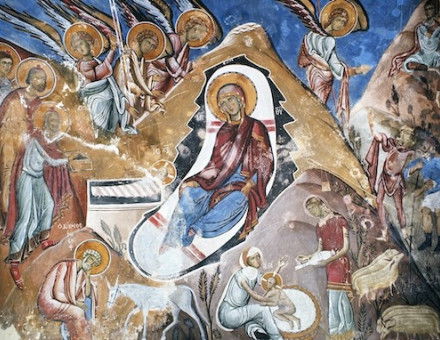The Fight for Mary, Queen of Scots’ Jewels
Who should claim Scotland’s royal jewels? After the forced abdication of Mary, Queen of Scots, the answer was not clear cut.
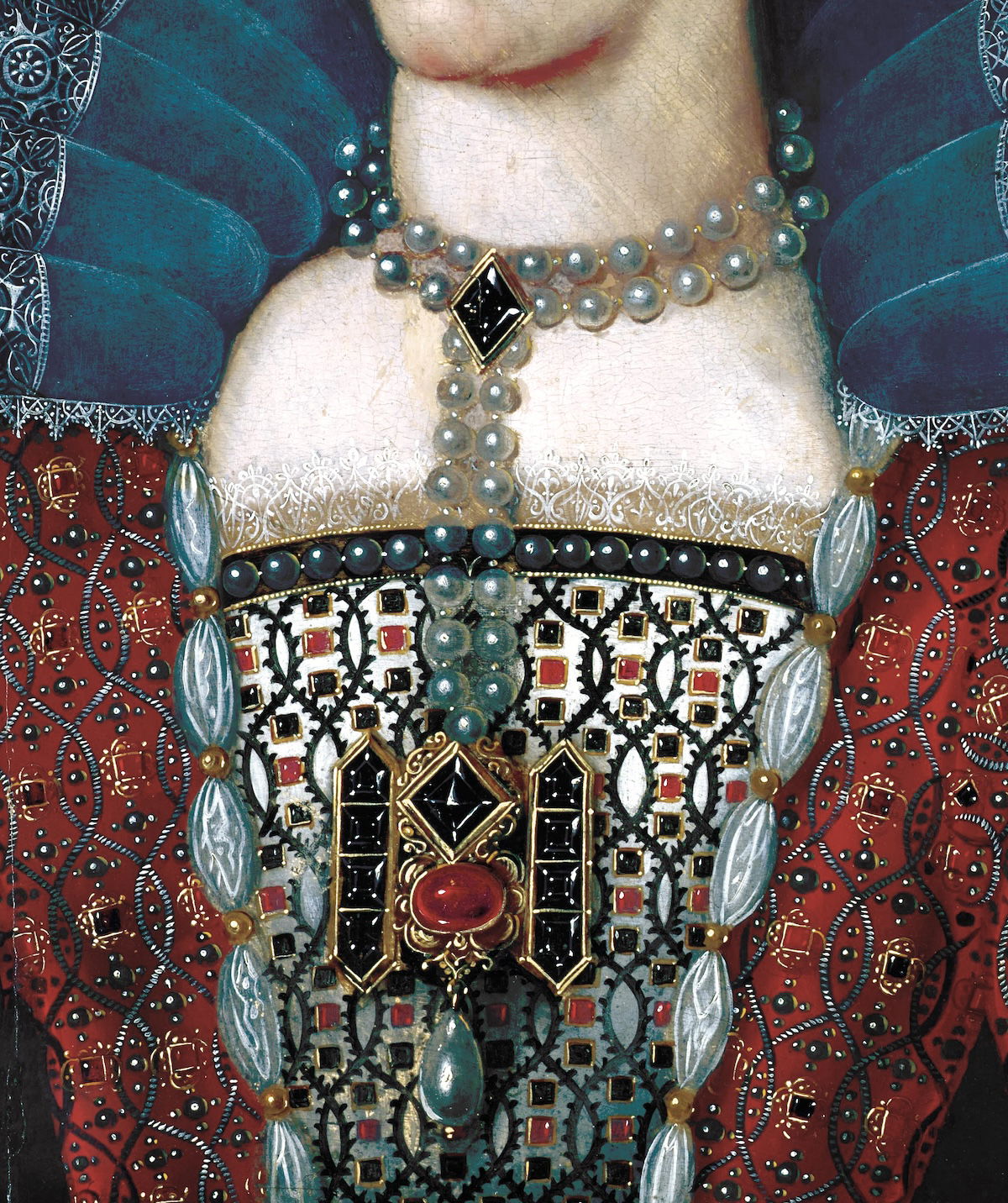
Following her escape and flight from Lochleven Castle in May 1568 after almost a year’s imprisonment, Mary, Queen of Scots was determined to maintain her royal status. She left Scotland seeking Elizabeth I’s support to regain her crown from the Protestant nobles who had forced her to abdicate in favour of her infant son, James, on 24 July 1567. Yet within days of her arrival on English soil Mary found herself a prisoner again, this time at the hands of her hoped-for allies. She would be moved between properties and kept away from Elizabeth’s court and person for the next 19 years.

